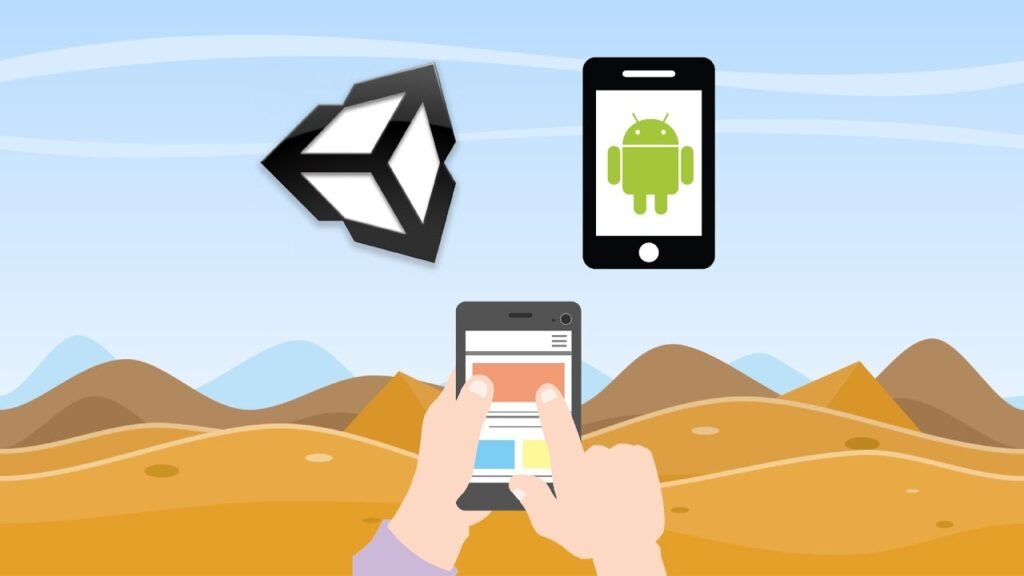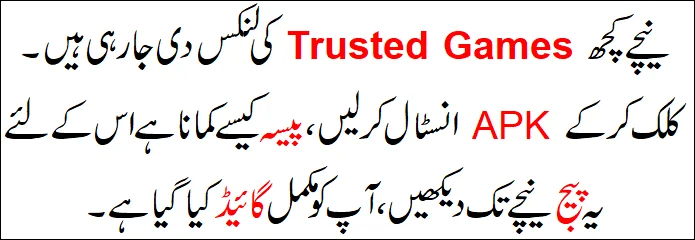What Is a Video Game Designer?
These designers need storytelling, user experience, and web development skills. Becoming a designer usually requires a bachelor’s degree in video game design, computer science, computer programming, or a related field. After graduation, an internship or entry-level job in the industry can help individuals develop the skills to pursue higher positions.
Create an App with The Best App Developer
Dream of creating your own game? Becoming a game maker is easier than you think




Learn All About Our Attorneys
Meet The Partners
Brian Lewis
Chas R. Walker
Christy Mullen
The mechanics of games
The rules and mechanisms that govern player involvement, such as character movement, physics, and battle tactics, form the foundation of any captivating game. The main gaming elements are created by Toptal’s video game developers to produce captivating and immersive experiences.
Scripting and Programming
Programming and scripting, or writing code to incorporate interactive elements and dynamics in a game, are the foundation of game development. To turn game ideas into interactive realities, our developers use game engines like Unity and Unreal Engine together with programming languages like C++, C#, and Python.
Design of User Interfaces (UI)
The user interface of a game needs to be both aesthetically pleasing and useful. Toptal developers concentrate on creating user-friendly UI designs that are simple to use and provide an immersive and fluid gameplay experience in order to create games that stand out from the competition.
Behavior of AI
The way non-player characters (NPCs) interact with their surroundings and other players is determined by their own intelligence. This makes it possible for complicated and convincing character actions. By giving NPCs genuine behaviors, our developers give the game world life and create engaging, dynamic interactions.
Integration of Visual and Audio Assets
Visual components, music, and sound effects all improve the overall attractiveness and immersiveness of your game. The video game developers at Toptal work closely with sound designers and artists, skillfully incorporating these components to improve the gaming experience.
Features for Multiplayer
Reliable and effective infrastructure is necessary for multiplayer gaming. Our developers provide fluid and engaging multiplayer modes that improve player interaction and cooperative gaming experiences by creating strong server environments and sophisticated matchmaking algorithms.
Procedural Content
Using advanced algorithms, procedural content creates game pieces automatically, enabling countless gameplay variations and innovations. In order to maintain lively and replayable gameplay, our developers use dynamic methods to generate random levels, missions, and item distributions.
Enhancing the Performance of Games
To guarantee seamless gameplay across all platforms and devices, the game’s performance needs to be improved. To provide a fluid gameplay experience, our developers concentrate on cutting down on frame drops, speeding up load times, and optimizing game dynamics.
three steps to success
Create multiplayer games with no string of code
Mobile Game Development Services
01
Unity & Unreal Engine
Developers utilize two well-known game development engines, Unity and Unreal Engine, to produce interactive 3D applications and video games.
02
3D graphics
Three-dimensional computer-generated visuals are known as 3D graphics. Applications for 3D graphics are numerous and include simulations, video games, and movies.
03
Game design principles
The rules used to make games that are entertaining, captivating, and difficult are known as game design principles. Character development, story, level design, and gameplay are all examples of game design principles.
Crucial Duties of a Game Developer
creating and putting into practice game elements and mechanics to produce captivating gameplay.
writing code in a variety of programming languages, including Java, C++, and C#, that is clear, efficient, and maintainable.
working together to create a unified concept and implementation for the game with artists, designers, and other developers.
Code is tested and debugged to guarantee the game’s quality and stability.
constructing and refining game prototypes using game development frameworks and engines, such Unity or Unreal Engine.
incorporating motion, sound, and visuals into the gaming world.
enhancing game performance to guarantee fluid gameplay on multiple platforms.
taking part in design reviews and giving team members helpful criticism.
keeping abreast of the most recent advancements in gaming technology, trends, and best practices.
The Everyday Tasks of Novice Game Developers
Coding, testing, and being familiar with the different tools and systems used in game production are the main tasks of entry-level game developers. Implementing particular features, resolving bugs, and working with more seasoned developers are frequently among their daily tasks.
Writing and troubleshooting game feature code
Working together with artists and designers to realize their ideas
Learning best practices and taking part in code reviews
Documenting the outcomes of testing new code
Providing progress updates and participating in daily stand-up meetings
Acquiring knowledge of new programming languages and game development technologies
Everyday Tasks for Intermediate Game Developers
Mid-level game developers take on increasingly difficult coding assignments and start to assume control of certain game systems or components. They improve code, participate in the design process, and sometimes serve as mentors for less experienced engineers.
Creating and putting into practice game mechanics and systems
Code optimization for scalability and performance
Working together with multidisciplinary groups to provide seamless gameplay
Giving suggestions and comments on the game’s design
Contributing to the creation of technical documents
Code reviews and mentoring younger engineers
